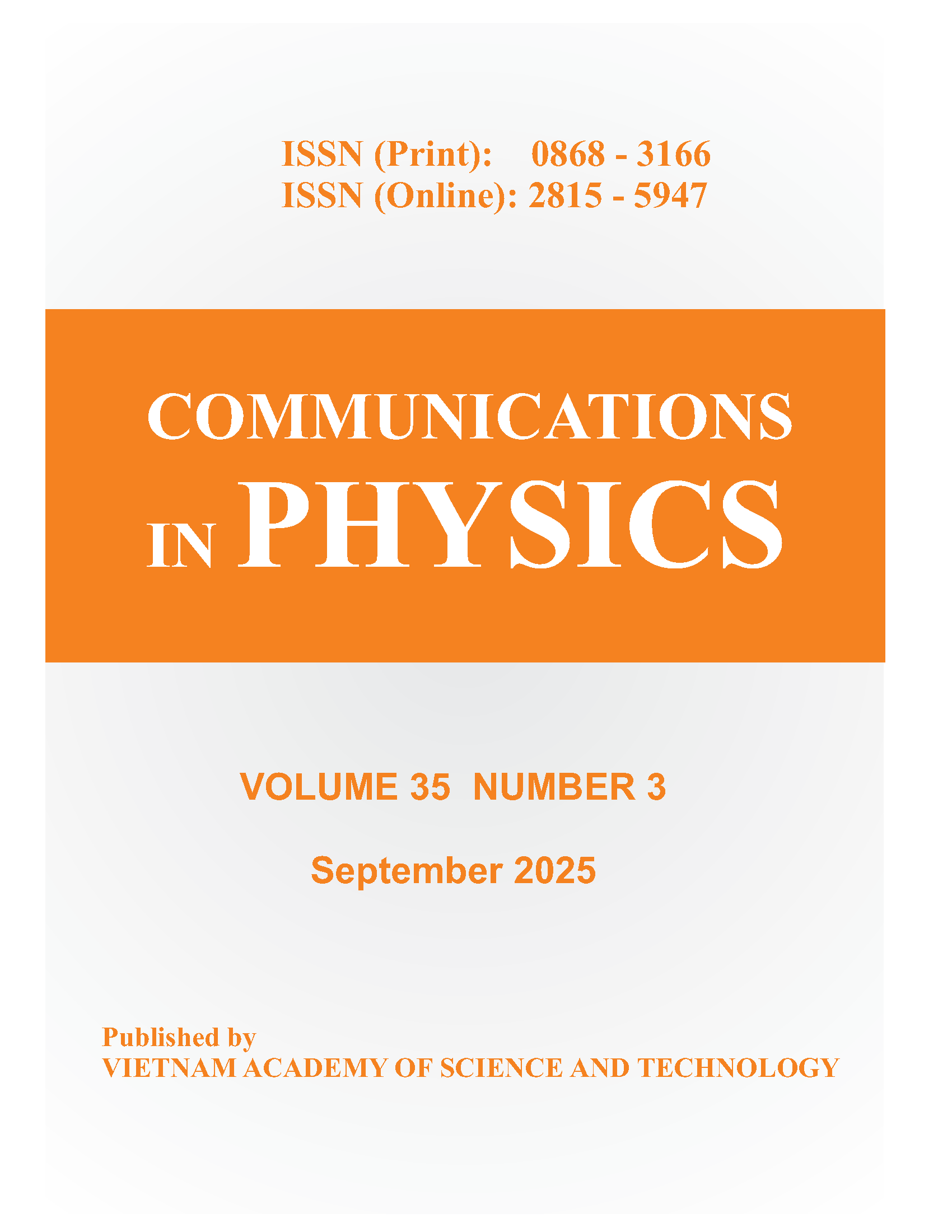WITHDRAWN: Effects of Additives and Conductors on Properties of Conducting Porous Composite Based on Activated Carbon
Author affiliations
DOI:
https://doi.org/10.15625/0868-3166/30/4/15441Keywords:
Activated carbon, conducting porous composite, desalination, Capacitive Deionization technique.Abstract
Climate change is increasingly clear and threatening to human life. One of the consequences of climate change is the increase of sea level leading to saline intrusion and serious shortage of fresh water. Today, some technologies are used to treat saline water such as Reverse Osmosis technology (RO), Multi-Effect Distillation (MED) technology, and Multi-Stage Discharge Technology (MSF), Electrodialysis (ED) and Capacitive Deionization (CDI). Among them, CDI technology is a technique for energy-saving and economical. The conductive composite electrode based on activated carbon from Tra Bac coconut shell charcoal were fabricated which were used as a electrode for CDI device. In this study, effect of adhesives and conductors on characterization and properties of the materials was investigated. The adhessive of PVDf and conductor of CNTs was chosen. With ratio of AC/CNTs = 9:1, the composite had a specific surface area of BET of about 517 m2/g and pore size of 1.71 nm.
Downloads
References
[1] T. Younos and K.E. Tulou, Overview of desalination techniques, J. Contemporary Water Res. Education 132 (2005) 3.
[2] T.-Y. Ying, K.-L. Yang, S. Yiacoumi and C. Tsouris, J. Colloid Interf. Sci. 250 (2002) 18.
[3] M. A. Anderson, A. L. Cudero and J. Palma, Electrochim Acta 55 (2010) 3845.
[4] S. Porada et al., Progress in Materials Science 58 (2013) 1388.
[5] Y. Oren, Desalination 228 (2008) 10.
[6] S. Porada, L. Weinstein, R. Dash, A. van der Wal, M. Bryjak, Y. Gogotsi and P.M. Biesheuvel, Appl. Mater.
Interfaces 4 (2012) 1194.
[7] Md Ashique Ahmed and Sanjay Tewari, J. Electroanalytical Chem. 813 (2018) 178.
[8] B. H. Park and J. H. Choi, Electrochim. Acta 55 (2010) 888.
[9] B.-H. Park, Y.-J. Kim, J.-S. Park and J. Choi, J. Ind. Eng. Chem. 17 (2011) 717.
[10] Jae-Hwan Choi, Separation and Purification Technology 70 (2010) 362.
[11] W. Huang, Y. Zhang, S. Bao and S. Song, Surf. Rev. Lett. 20 (2013) 1330003.
[12] O. Rafeie, M. K. Razavi Aghjeh, A. Tavakoli, M. Salami Kalajahi and A. Jameie Oskooie, J. Appl. Polymer Sci. 135 (2018) 46333.
[13] Yoshitake Nishi, Shota Iizuka, Michael C. Faudree and Rvuichiro Ovama, Mater. Trans. 53 (2012) 940.
Downloads
Published
How to Cite
Issue
Section
License
Communications in Physics is licensed under a Creative Commons Attribution-ShareAlike 4.0 International License.
Copyright on any research article published in Communications in Physics is retained by the respective author(s), without restrictions. Authors grant VAST Journals System (VJS) a license to publish the article and identify itself as the original publisher. Upon author(s) by giving permission to Communications in Physics either via Communications in Physics portal or other channel to publish their research work in Communications in Physics agrees to all the terms and conditions of https://creativecommons.org/licenses/by-sa/4.0/ License and terms & condition set by VJS.












